There’s never been a better time to show up
Café Tondo and the case for presence in a digital-first world
Findings is a monthly newsletter on the influences and trends that are quietly shaping our culture by Mouthwash Studio. This post may be too long for email, read online for the best experience.
If this was forwarded to you, consider subscribing for future posts.
I. Bienvenido a Café Tondo
Hi everyone, as with any internal initiative, other priorities can take our attention away for short periods of time.
We’ve had quite the summer. A team retreat in Big Bear. New team members. Design conferences in Budapest and Cusco. And the opening of a café-bar in Los Angeles—a project that, on paper, might sound far afield for a brand design studio. But in reality, Café Tondo has become the clearest expression of everything we’ve been thinking about for the last several years.
In less than three months, it’s turned into something much larger than a hospitality concept. Lines down the block, constant conversation online, a surprise DJ set by Tame Impala, and a growing sense that something cultural is happening in Los Angeles.
Publications from Eater to Wallpaper to Hypebeast have covered it, calling it “the spot of the summer” and “proof that L.A. still knows how to gather.”
On social media, Tondo’s following has multiplied exponentially, driven by memes, weekly programming, and a feed that’s become its own cultural export.
What started as a café has quickly become a reference point—a space people use to talk about belonging, community, and what it means to actually show up.
People ask why we did it. Why step into an industry so far from our own? But the reality of it all is simple: we wanted to understand what happens when a brand stops talking about community and actually builds one.
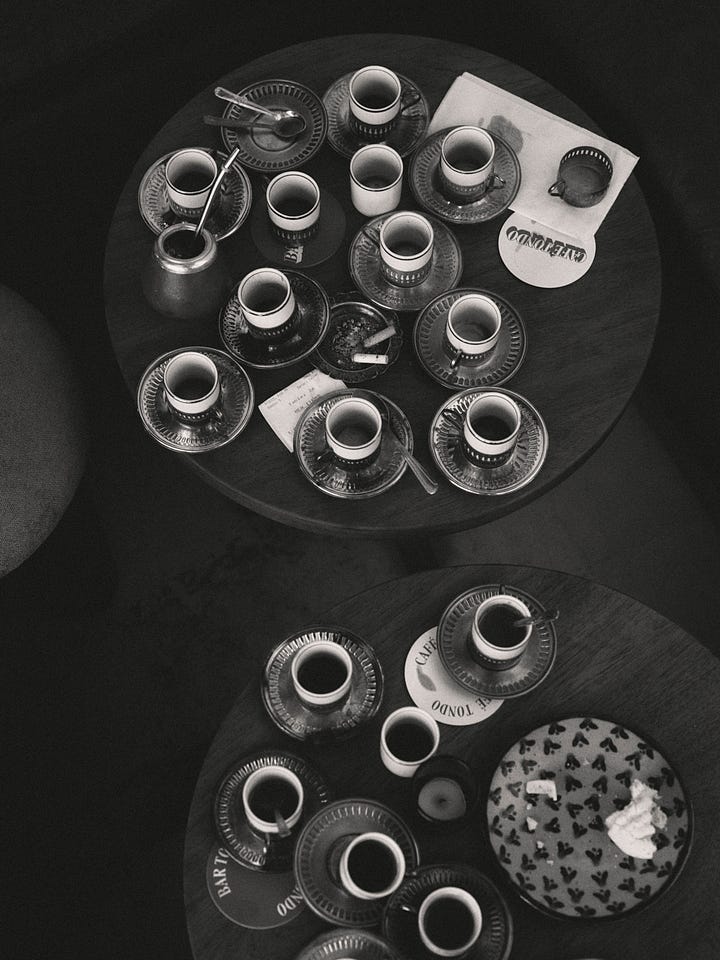
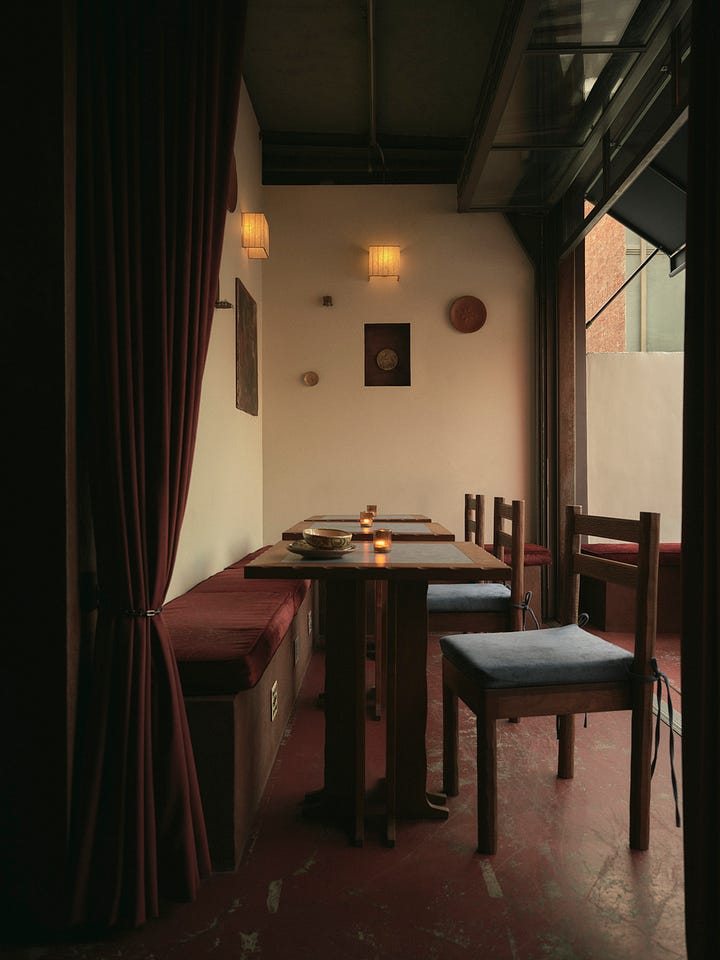
The story of Tondo isn’t just a story about a café. It’s about a broader shift we’re seeing everywhere—a reaction to decades of digitization, disembodiment, and “connection” that rarely connects.
Today’s Findings piece answers the question of why would a design studio open a restaurant, but more importantly, serves as a broader cultural response to why physical presence may be the most valuable asset for brands and businesses today, even as the world continues to push the digital agenda.
II. We’re online but no one’s home
There’s no denying it’s a digital world we live in today. Tech platforms have spent a concerted effort over the past several decades to convince us that IRL holds no candle to the online world. Friendships can be streamed, communities simulated, rituals replicated with headsets and avatars. Brands followed suit, pouring billions into virtual concerts, gamified storefronts, and digital worlds that promised connection but only delivered fertile territory for meme-making.
But nobody reminisces about the chatroom they were in last night. We remember the conversations at dinner with friends, the live musical performances that move the room, and gatherings that make us feel part of something larger than ourselves.
The world is moving further online, but the future of loyalty will be built offline. Physical presence remains the most valuable asset a brand can hold, and we’re betting that the ones who learn how to show up meaningfully will leave the rest behind.
III. We’ve been doing this for a long time now
The instinctual need to gather is an ancient one—it’s evident throughout the course of human history.
Historians trace it back hundreds of thousands of years to the fire circle, where early humans told stories and passed down knowledge. Civilizations later formalized the practice: the Greek agora, the Roman forum, the medieval marketplace. Each a stage for politics, trade, ritual, and debate.
The health of a society has always depended on the spaces where people met face to face; Priya Parker reminds us in The Art of Gathering that democracies protect the right to assemble precisely because of what can happen when people come together. Authoritarian regimes, by contrast, often strip it away first because they know what happens when people exchange knowledge and inspire one another.
This simple idea of gathering has repeated across cultures and generations. Pilgrimages, festivals, and religious ceremonies have drawn people across the world. Coffeehouses in 17th-century London were called “penny universities” because of the ideas traded over a single cup. And of course, today we gather in bars, restaurants, cafés and other places that are considered infrastructure to facilitate conversation and belonging. Modern sociologists call these Third Places—spaces outside of home (first place) and work (second place) where community and identity are built. Many people are worried about the disappearance of said places, and for good reason.
IV. Commerce showed up uninvited
Brands have been inserting themselves into the gathering equation for as long as anyone can remember.
At the turn of the 20th century, World’s Fairs became global stages for brands to demonstrate their vision of the future. Visitors watched the first moving walkways, marveled at electric lights, sampled Coca-Cola, and tested Kodak cameras. Later, automakers invited consumers to test-drive cars, while department stores staged live demos of kitchen appliances to prove modern convenience. These early forms of experiential marketing resonated because they were participatory. Brands could extend beyond print and signage to sell an idea. People could see, feel, and experience it themselves. And the experience was the point.
Where experiences used to be the foreground, the thing itself, we’ve now witnessed these communal moments be transformed into backdrops for content. Pop-ups, Instagram museums, and immersive activations became less about what people felt in the room and more about what they posted afterward. The “experience” became the photo, not the memory.
And of course, the pandemic forced a hard stop. With physical gatherings suspended, brands turned to digital proxies: concerts inside Fortnite, storefronts on Roblox, live streamed product launches. Some were clever, but most were forgettable. And while many of us remember what life was like pre-pandemic, and continue to gather outside of newly formed digital constructs, there is an entire generation coming up who crave something they’ve only seen and haven’t yet experienced.
V. Never alone but not together
Today’s generations (us included) are formulating their relationships with brands and the world at large through conflicting tensions—each pulling us in a different direction and need-state.
One force is nostalgia—a fascination with eras and aesthetics we’ve never lived through. Wearing thrifted clothes, listening to music on wired headphones, shooting film on point-and-shoot cameras, and romanticizing a past as if it were our own. Such gestures are a way of reclaiming texture, slowness, and things that feel unmediated in a world that is overly optimized.
On the other side is a reality we can’t escape—the constant buzz of group chats, notifications, algorithmic feeds, and a life that is always-on. Connection is ambient, but rarely grounding. It’s a culture of perpetual tethering. Never truly alone, but not always together.
And finally, a deep skepticism. Gen-Z notably has grown up with advertising in every feed, influencers blurring into brands, and dealing with brands that overpromise and underdeliver. In the past, generations faced discontent with a rage against the machine mentality. When the machine becomes so intertwined into the fabric of our society, opting out is the most practical way of rebelling.
It’s within this tension that the desires of today’s generations come forward. The pull toward the analog is less about retro aesthetics than about what those objects symbolize: presence, tactility, memory that lasts. The challenge is that the world they’ve inherited doesn’t give them enough of these spaces—and when they do exist, they’re met with scrutiny.
VI. Where culture still happens
We wouldn’t go as far to say third places have disappeared, but rather, they’ve been displaced. What used to happen in cafés, bars, and community halls has migrated into feeds, group chats, and algorithmic forums that mimic togetherness while removing the body from the equation. We scroll where we once gathered. We perform where we once participated.
On the other hand, it’s not lost on us that re-creating real spaces for presence is a difficult task. Rising costs, suburban sprawl, and the constant demand for novelty have made longevity rare. Most spaces are designed for consumption, not communion, leaving us with a generation fluent in connection but starved of belonging.
Café Tondo was built in response to that vacuum. It’s proof that the desire to gather hasn’t disappeared; it’s been waiting for a place that feels worth showing up to. In less than three months, Tondo has evolved beyond hospitality into something civic—part café, part cultural commons.
But the traction is not the point. People aren’t showing up for coffee, natural wines, and small plates; they are showing up for contact. What spreads online is not another marketing win, but evidence that physical energy still travels faster than algorithms when the experience feels real. The crowd, the coverage, the memes—these are only modern indicators of what we acknowledged to be both ancient and true.
VII. Be a villager
Presence is the new currency. When product innovation, cost, and convenience can be matched across a category, the brands that create spaces and moments worth gathering around will earn something algorithms cannot manufacture: trust.
Everybody wants to have a village, but few are willing to be villagers. Building presence takes work. It requires vulnerability, patience, and the willingness to show up even when the room is not full. That might mean hosting an event for ten people when you have ten thousand followers. The cost of community is inconvenience.
For Tondo, Programming was never a marketing strategy; it was a commitment to presence. Night after night, the space fills with people who have nowhere else to be but here, together. What started as an idea about hospitality became proof that culture still happens in person.
This is the lesson for every brand and organization today: you cannot influence culture from the outside. Get to the heart of what matters, invite people in, and build spaces that let them participate. Show up, tend to it, and tend even more to the people who are willing to fill it.
There may still be questions about whether presence can scale, but one thing is certain: it’s contagious.
Thanks for reading
Findings is a project by Mouthwash Studio, a design studio centered on new ideas and defining experiences. Learn more about what we’re doing with Findings here. In the archive, you’ll find all our work to date surrounding this project.
This publication is 100% free and is supported by your time and appreciation. If you liked reading this, please share it with somebody who you think might also enjoy it.
Is there something we should cover? Respond to this email or send us a message at findings@mouthwash.co to get in touch.



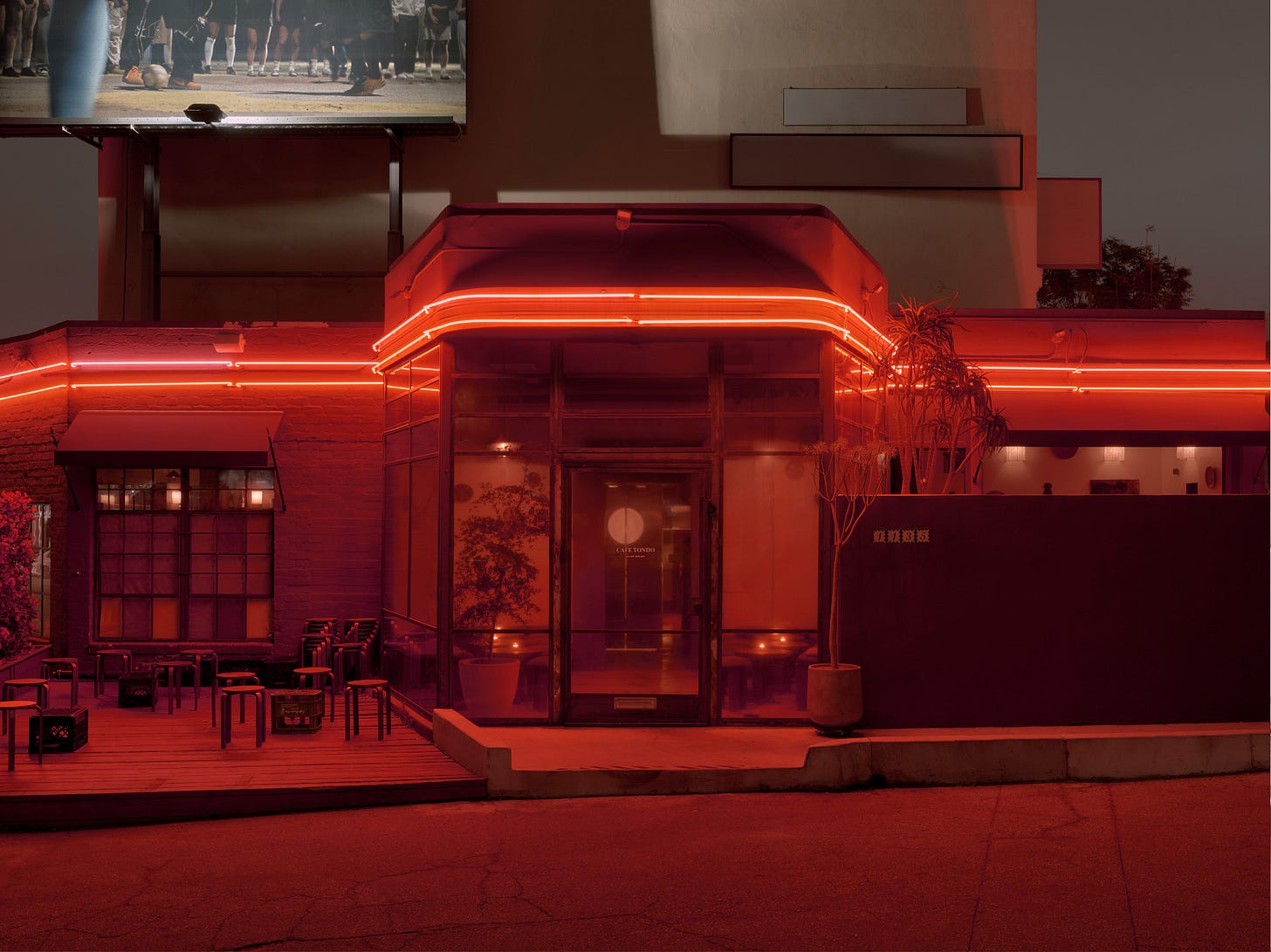
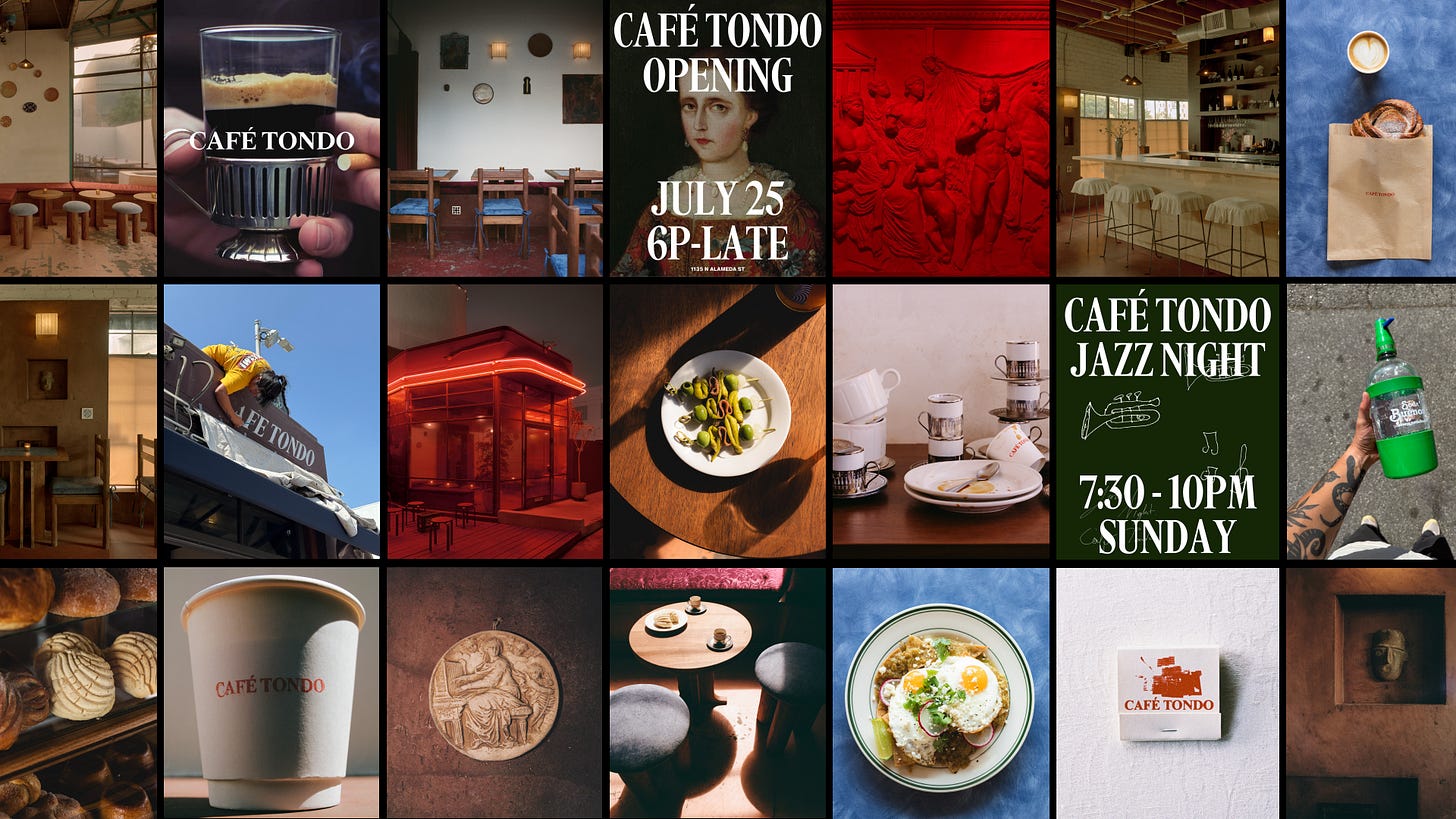
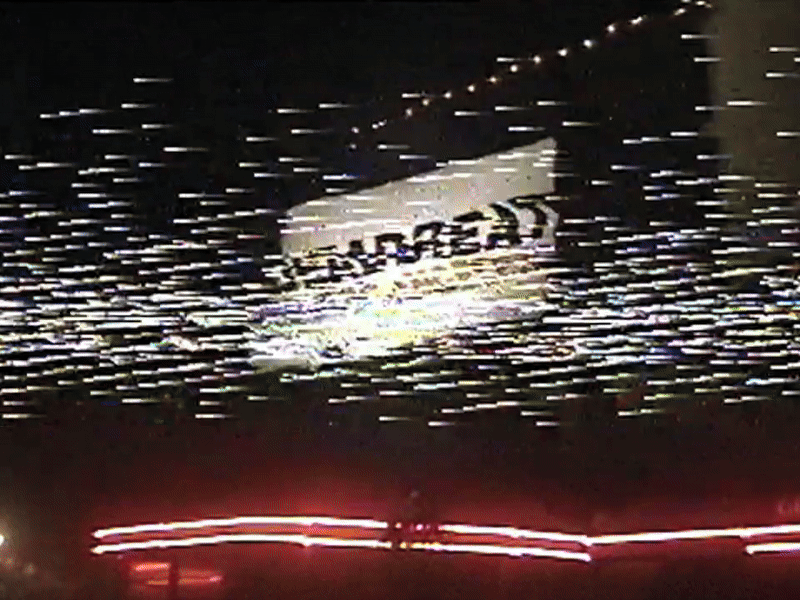



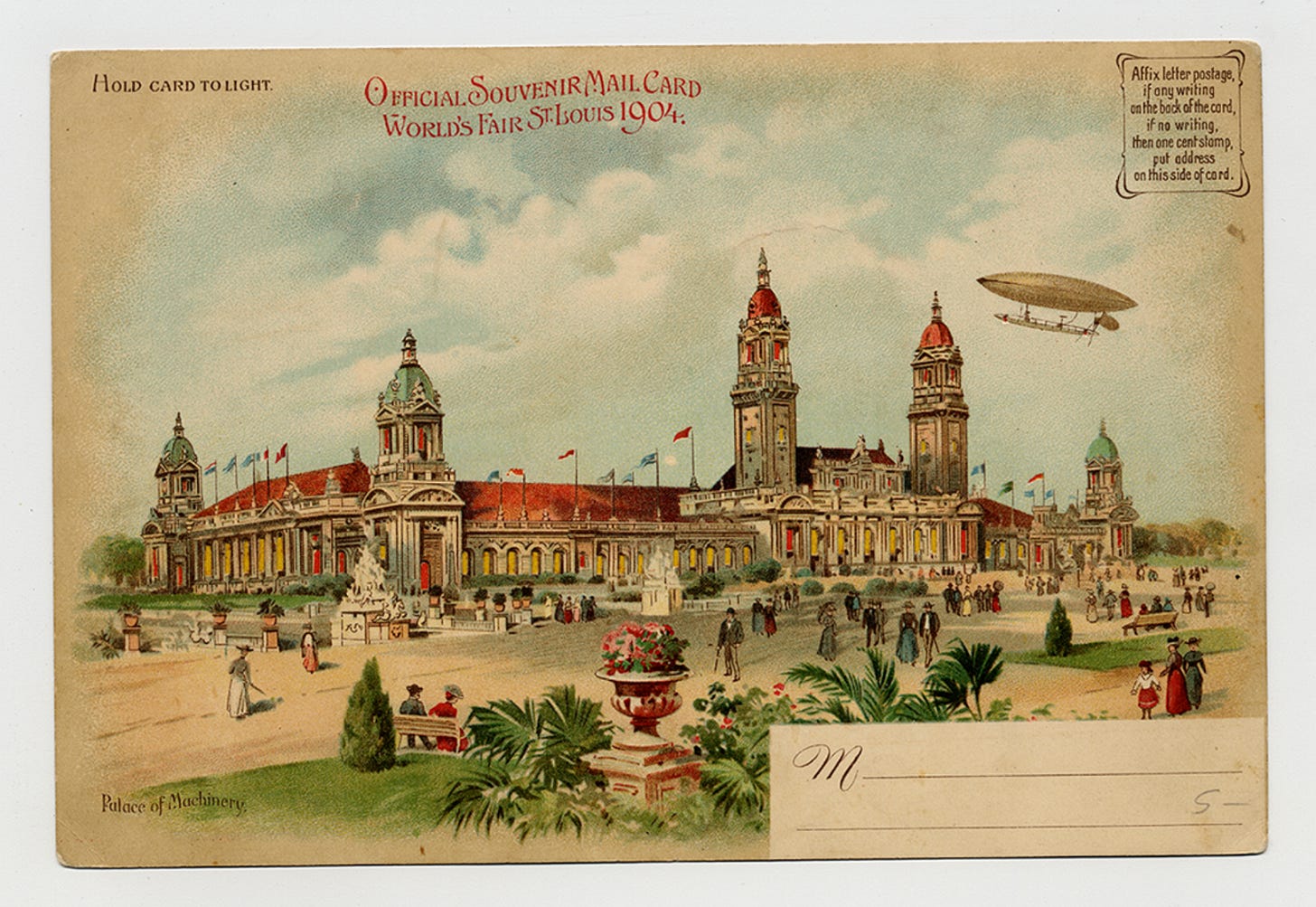
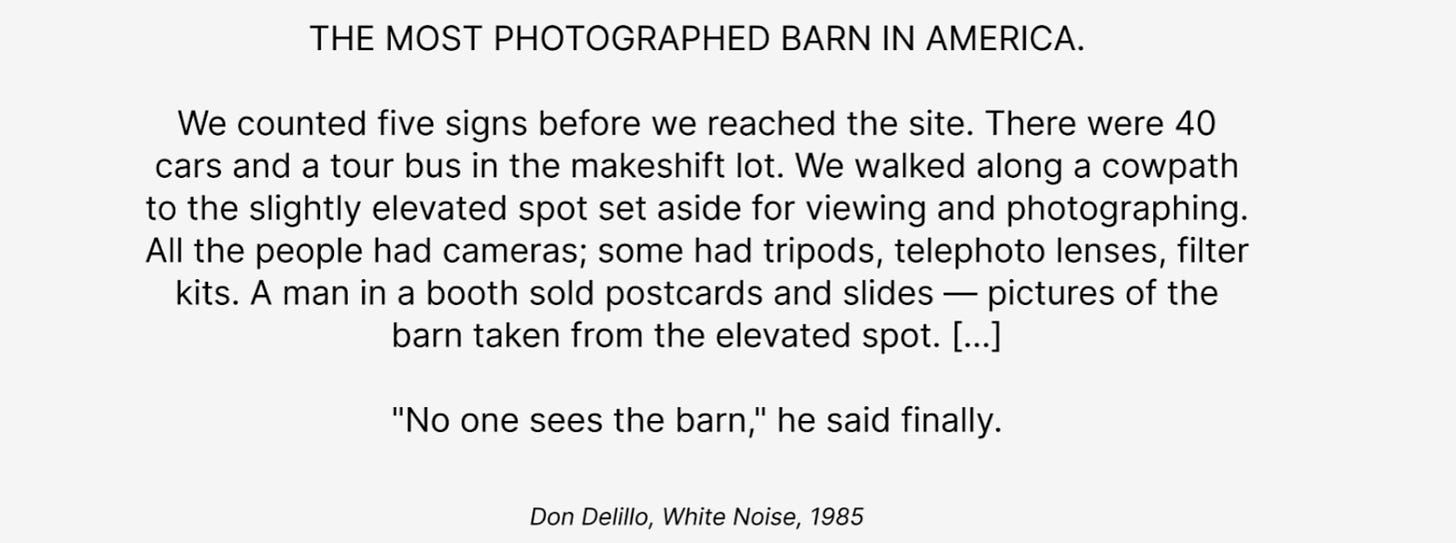
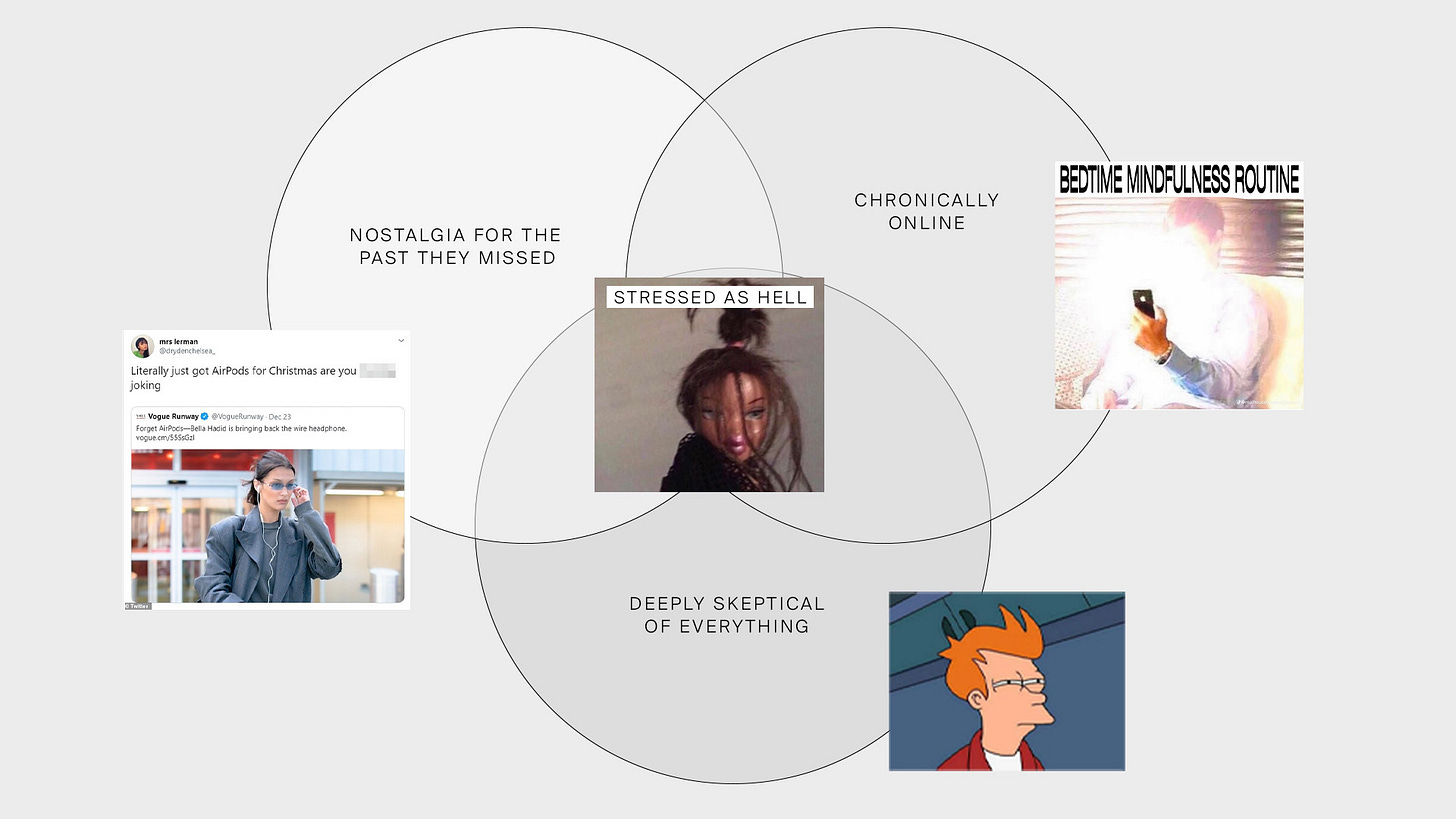
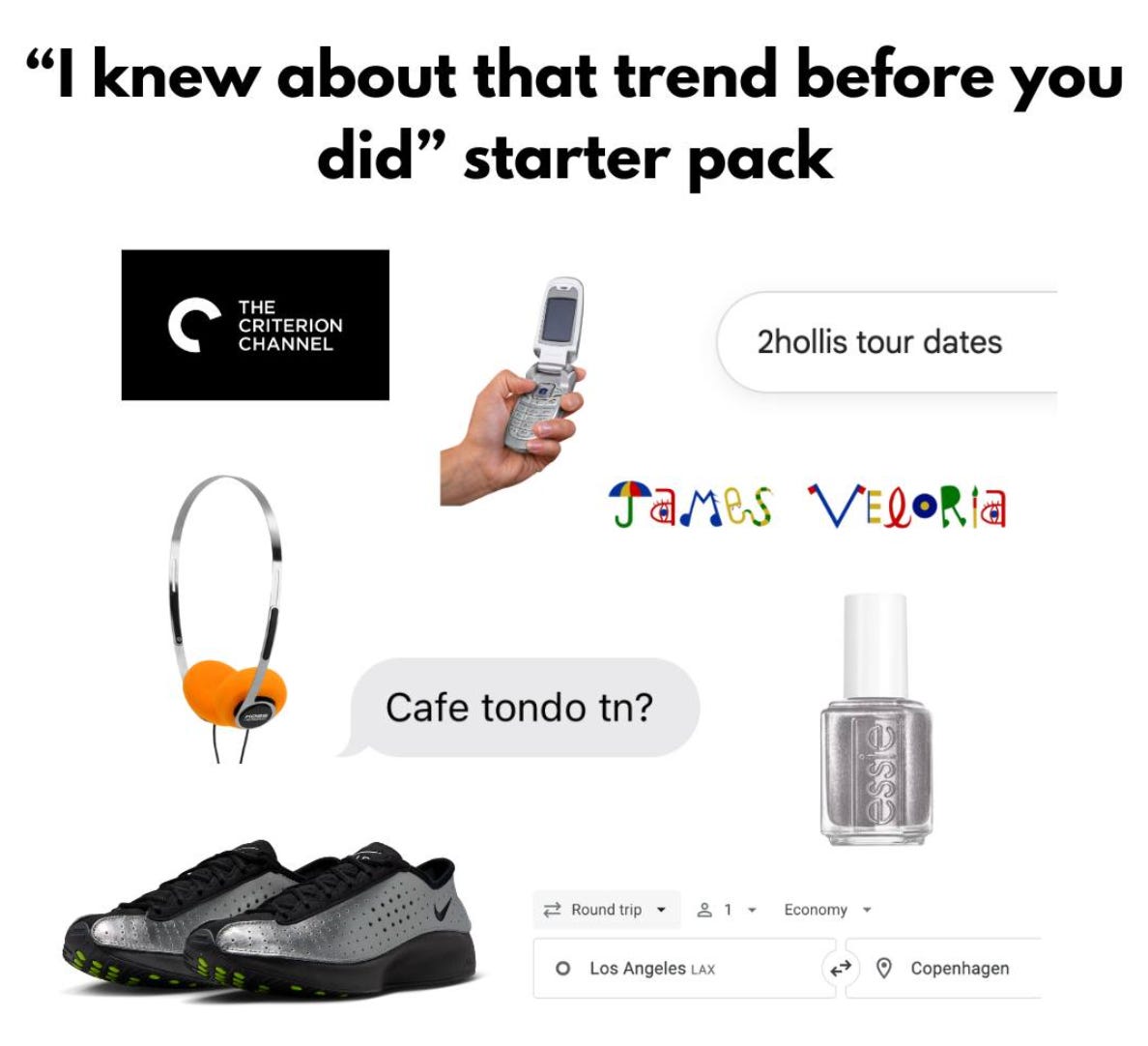
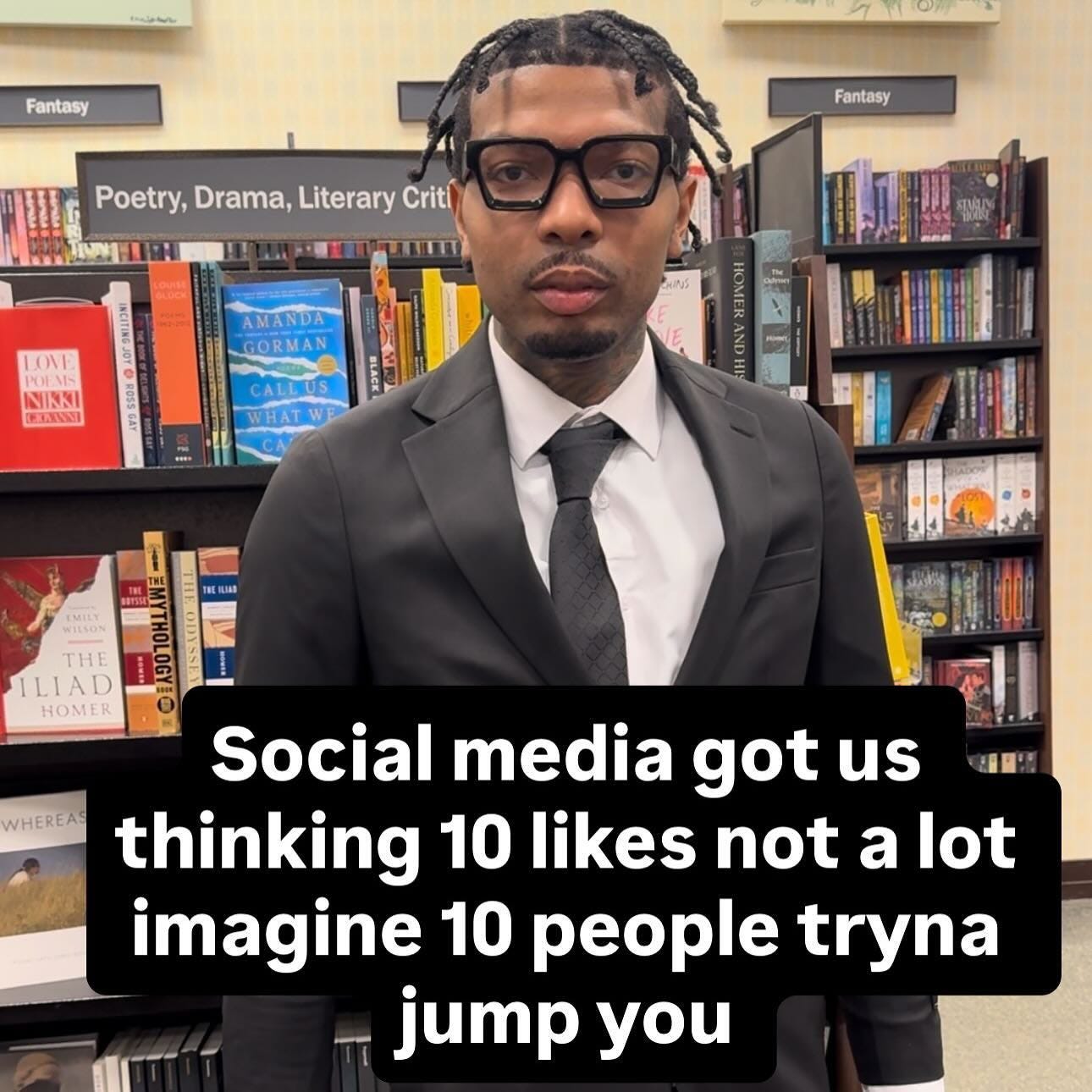
Well, well said. 👏
You guys are simply the best – practise what you preach!